Bifacial solar panels
Bifacial panels: What makes them different?
The use of solar energy has grown exponentially in recent years thanks to technological advances in order to exploit the potential of clean energy. Bifacial solar panels have emerged as an alternative that can increase photovoltaic energy production by up to 30% of additional power thanks to the fact that both sides of the panel are able to absorb the sun's energy.
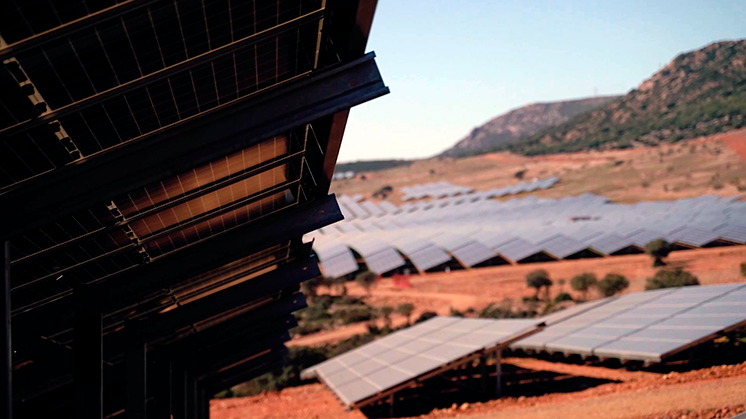
Solar panels are devices that capture solar energy and convert it into electricity. They also promote self-consumption of energy and are a step forward in the sustainable use of renewable energies.
Monofacial panels are commonly used, which means that the outer face of the solar panel, which is where the photovoltaic cells are placed, is the one that receives the sun's rays directly and conducts them, converting them into energy. However, there are also bifacial panels, we analyse their main characteristics as well as their most common uses.
The special feature of bifacial panels
Unlike monofacial panels, which only capture radiation from one side while the other side is made of an opaque material, bifacial panels are a type of solar panel that is characterised by an additional gain of radiation on both the front and back side of the panel, the value of which depends on a number of external factors.
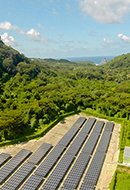
Photovoltaic solar energy operation
Discover how these huge solar fields work.
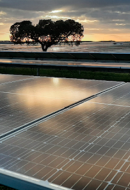
10 photovoltaic energy terms
To better understand photovoltaic energy, it is necessary to know this 10 terms .
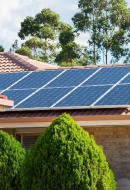
How do photovoltaic solar panels work?
These are devices that capture the energy that comes from solar radiation.
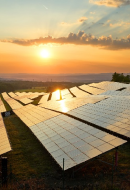
Recycling of solar panels
Manufacturers must collect and recycle the panels at the end of their life cycle.
Operation of bifacial plates
Scattered light
Reflect light
Direct light
Elevated height
Ground albedo
Inter-row spacing
Ground Coverage Ratio
Array shadow
 Operation of bifacial plates [PDF]
Operation of bifacial plates [PDF]
Design features of photovoltaic plants
The differential parameters that influence the design of plants with bifacial panels, and that determine the production gain, are:
- Albedo: the ratio of light reflected from the surface to incident radiation. It is not a single, constant value but varies according to the time of year and the material covering the ground (sand, rock, grass). For example: if it is winter and the ground is covered with snow, the albedo will be 90 %, while in summer, with a dry grassy ground, the albedo will be 33 %. On the other hand, annual albedo averages in Spain are not very high (approximately 20%).
- Row spacing: also called pitch or Ground Coverage Ratio (GCR), it has an important impact on the amount of radiation reaching the back face of the panels as there is more reflection capacity for the incident radiation on the ground. The bifacial gain decreases when considering multiple consecutive rows of fixed or tracked structures because the reflected ground radiation is attenuated in each row and nearby panels limit the amount of radiation reflected to the back face.
- Height of the installation: the greater the height of the structure (and tracker), the greater the gain in incident radiation and production of the bifacial panels. The elevation of the installation has an impact on the loads of the structure itself and on the CAPEX that must be analysed as a whole to assess the benefit.
Puertollano photovoltaic plant case study
The Puertollano photovoltaic plant is an example of the use of bifacial panels. Puertollano is Iberdrola's first large project in commercial operation in Spain with this type of panel and has a capacity of 100 MW. The initial investment was approved in 2019 and the decision to choose bifacial panels was made considering the innovative nature of the project and the experience it would provide for future installations in order to promote efficient self-consumption of energy.
This is an inclined fixed structure, also called a "table", adapted to improve the gain of the solar panels. The initial design of these structures had minor adaptations made to minimise shading on the back of the structure, as this reduces the amount of energy the panel is able to produce.
The Puertollano photovoltaic plant also plans to install pyranometers on the rear face of the panels on the table in order to measure the incident radiation on each panel of the plane and to evaluate shadows and possible alterations in the operation of the panels (dirt, breakdown, etc.).




